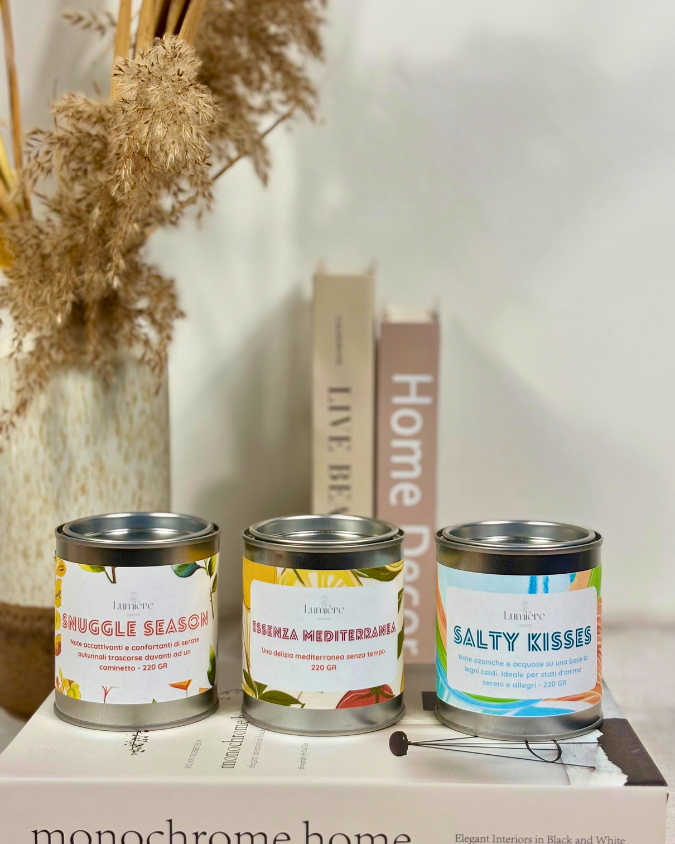Growing herbs at home
An easy and intuitive guide

Growing herbs at home is a wonderful way to enrich your living space and enjoy the benefits of fresh, fragrant herbs always at hand. In this article, we will guide you step by step through the process of growing aromatic herbs in a simple and intuitive way. Whether you're a beginner or an avid gardener, these tips will help you create a thriving herb garden right in your home.
Choose suitable aromatic herbs:
Prepare the soil and containers:
Herbs thrive in well-drained soil. Make sure you use a quality substrate and suitable containers, with drainage holes to avoid water stagnation.
Planting seeds or seedlings:
If you have chosen to grow herbs from seeds, follow the instructions on the planting package. Otherwise, you can purchase already started seedlings. Transplant the seedlings into the soil, making sure to maintain adequate distance between them.
Positioning and light:
Herbs love direct sunlight; therefore, find a well-lit place in your home. An area near a south- or west-facing window is ideal. Make sure the herbs receive at least 6-8 hours of sunlight per day.

Watering and care:
Keep the soil moist, but avoid overwatering the plants. Water your herbs regularly, being careful not to wet the leaves. It also provides good ventilation to avoid mold problems.
Fertilization:
After a few weeks, you can start applying a light nitrogen-based fertilizer, which by providing the right nutritional elements, will facilitate the growth of the plants. Follow the manufacturer's instructions for the right amount to use, to avoid unpleasant inconveniences, such as dryness of the foliage or even death of the seedling.
Collection and use:
Once the herbs are ripe, you can start harvesting them. Cut the outer leaves or twigs, leaving the central parts to allow for regrowth. Use fresh herbs to enrich your dishes and enjoy an intense aroma.
Conclusion:
Growing herbs at home is a simple and rewarding way to enrich your daily life. With a few steps and a little care, you can enjoy fresh, aromatic herbs always at hand. Experiment with different varieties of herbs and discover how to add a touch of unique flavor to your dishes. Whether you're a beginner or an expert at gardening, a home herb garden is an accessible way to get closer to nature and reap the fruits of your labor. Get started today and discover the joy of growing herbs in the comfort of your own home space.




